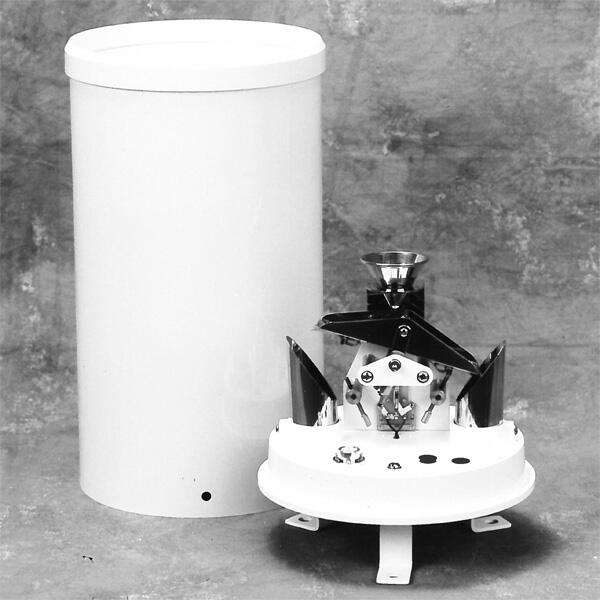Rain Gauge: A Comprehensive Description and Functionality Overview

# Rain Gauge: A Comprehensive Description and Functionality Overview
A rain gauge is an essential meteorological instrument used to measure the amount of liquid precipitation over a specific period. It plays a crucial role in weather monitoring, agriculture, hydrology, and climate studies. This article provides a detailed description of rain gauges, their types, and how they function.
## What is a Rain Gauge?
A rain gauge, also known as a pluviometer, is a device designed to collect and measure rainfall. It typically consists of a cylindrical container with a funnel-shaped top that directs rainwater into a measuring tube. The collected water is then measured to determine the amount of precipitation in millimeters or inches.
## Types of Rain Gauges
Rain gauges come in various designs, each suited for specific applications. Below are the most common types:
### 1. Standard Rain Gauge
The standard rain gauge, also known as the manual rain gauge, is the simplest and most widely used type. It consists of a funnel that collects rainwater and directs it into a graduated cylinder. The measurement is read manually, making it reliable but labor-intensive.
### 2. Tipping Bucket Rain Gauge
This type of rain gauge uses a small bucket mechanism that tips when a specific amount of rainwater is collected. Each tip corresponds to a known volume of precipitation, which is recorded electronically. It is ideal for automated weather stations.
### 3. Weighing Rain Gauge
A weighing rain gauge measures precipitation by weighing the collected water. As rain falls into a container, the weight increases, and the change is recorded. This type is highly accurate and can measure both liquid and solid precipitation, such as snow.
### 4. Optical Rain Gauge
Optical rain gauges use light beams to detect and measure rainfall. When raindrops pass through the beam, they scatter the light, and the device calculates the intensity and volume of precipitation based on the scattering pattern.
## How Does a Rain Gauge Work?
The functionality of a rain gauge depends on its type. However, the basic principle involves collecting rainwater and measuring its volume. Here’s a step-by-step overview:
1. **Collection**: Rainwater is collected through a funnel or opening.
2. **Funneling**: The collected water is directed into a measuring chamber or container.
3. **Measurement**: The volume of water is measured using a graduated scale, tipping mechanism, or weight sensor.
4. **Recording**: The data is either recorded manually or electronically, depending on the gauge type.
## Applications of Rain Gauges
Rain gauges are indispensable tools in various fields:
– **Meteorology**: Used to monitor and predict weather patterns.
– **Agriculture**: Helps farmers plan irrigation and crop management.
– **Hydrology**: Assists in studying water cycles and managing water resources.
– **Climate Research**: Provides data for analyzing long-term climate trends.
## Conclusion
Rain gauges are simple yet powerful tools that provide critical data for understanding and managing precipitation. Whether manual or automated, these devices play a vital role in weather monitoring, agriculture, and environmental studies. By choosing the right type of rain gauge, users can ensure accurate and reliable measurements for their specific needs.
Keyword: rain gauge description
